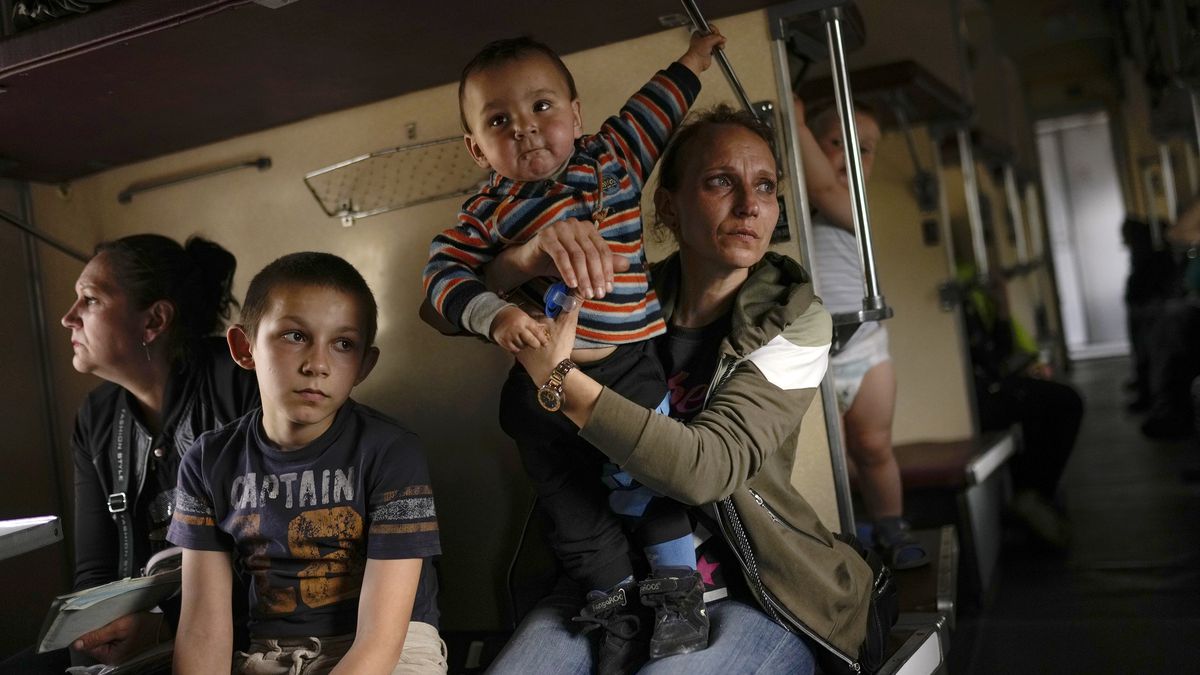—
The United Kingdom, along with the Commonwealth and countries around the globe, is in a state of mourning following the death of Queen Elizabeth II.
Her seven-decade tenure on the throne set a new record, making her Britain’s longest-serving monarch.
In remembrance of her remarkable journey, let’s delve into seven lesser-known aspects of her life that paint a vivid picture of who she was beyond the crown.
Elizabeth II shattered records on September 9, 2015, to become the monarch with the longest reign in the storied history of the British monarchy, overtaking her great-great-grandmother, Queen Victoria.
Remarkably, she ranked second globally, trailing only behind France’s King Louis XIV, who ascended to the throne at the tender age of four in 1643.
Throughout her reign, Queen Elizabeth encountered 13 out of the 14 U.S. Presidents in office, with President Lyndon Johnson being the sole exception.
A memorable moment captured her strolling alongside President Joe Biden and First Lady Jill Biden at Windsor Castle on June 13, 2021, showcasing her enduring diplomatic presence.
The Queen’s affection for corgis became an endearing part of her persona.
Her journey with these beloved pets began with a corgi named Susan, gifted to her on her 18th birthday in 1944.
Over the years, she was accompanied by over 30 corgis and dorgis, most of whom traced their lineage back to Susan.
Elizabeth’s commitment to her country was further exemplified through her military service.
She joined the Auxiliary Territorial Service during World War II, becoming the first female royal to serve actively and full-time in the military.
Her duties included driving and vehicle maintenance, showcasing her versatility and dedication.
A pioneer in communication technology, then-Princess Elizabeth sent what would later be recognized as one of the first emails on March 26, 1976.
This groundbreaking message was sent to the U.S. Secretary of Defense, marking the beginning of a collaborative effort on a military computer programming language.
Elizabeth was among the first in the royal family—and indeed, outside military top echelons—to utilize such technology.
Windsor Castle, known for its grandeur and historical significance, served as Elizabeth’s primary dwelling up until her passing.
Initiated by William the Conqueror in 1070, it stands as the world’s oldest and largest palace still occupied by a royal family, a testament to the enduring legacy of Britain’s monarchy.
Elizabeth’s coronation on June 2, 1953, marked a historic moment in broadcasting, being the first coronation ceremony aired live on television.
An astonishing 27 million viewers in the United Kingdom were glued to their screens, witnessing the solemn and majestic event, underscoring the Queen’s significant place in both British history and the hearts of her people.
As we reflect on the life of Queen Elizabeth II, these anecdotes reveal the multifaceted nature of her legacy.
They show not just a monarch, but a woman of pioneering spirit, compassion for animals, dedication to service, and a significant figure in the evolution of modern communication and media.
Her impact extends far beyond the realms of royalty, leaving an indelible mark



